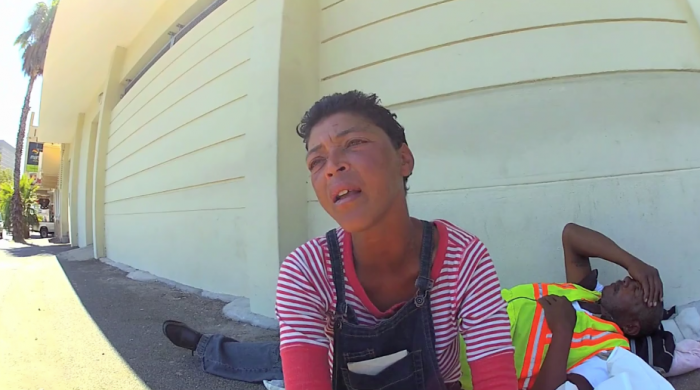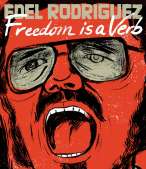
South African photographer Sean Metelerkamp is known for his work on the Twenty Journey, a project that documents the character of South Africa 20 years into democracy. But not all of Meterlerkamp’s projects are as deliberate. Street Melodies Eternal is a three-part exploration of the chaotic construction of three major cities, a project which evolved from Metelerkamp’s natural experiences in these cities over a three-year period.
Cape Town, London, and New York are all considered some of the world’s most attractive spots in terms of business and tourism. They are thought of as lands of opportunity, vibrant city life, and - in Cape Town in particular - breathtaking landscapes. Armed with a GoPro Hero2 and a shotgun microphone, Metelerkamp captured a side to these cities not often explored. He unearthed the raw reality of those who call the city streets home. Cast out of mainstream society, the people featured in these videos live to their own beat, and the sounds their chaotic lives generate make up the frantic and often haunting soundtrack to Street Melodies Eternal.
“The shooting process was not thought out or structured in any way. I had no idea what I was doing or trying to achieve at the time, but on reflection the videos present the rhythms and cracked up wisdom as a direct link to the movement and mind of the respective cities, and problems that the countries find themselves in,” says Metelerkamp. “In short, homeless people are the evidence of the failure of an idea.”
In New York, Metelerkamp found that most of the homeless people he interacted with were war veterans who suffer from post-traumatic stress and had turned to self-medication with illegal drugs or prescription drugs.
“There were more mentally ill ramblers than 24 hour inebriated alcoholic stumblers as in South Africa. And those ‘loonies’ are not catered for once they are back home and have lost a piece or part of their lives after eliminating other random lives in a foreign country.”
“Though maybe they got a badge of honour for being brave. America: land of the free? Home of the brave?” Metelerkamp questions.
In Cape Town, Metelerkamp found that the legacy of apartheid and the ‘dop system’ still exists in the black and coloured community. The dop system was a system adopted during the apartheid regime that allowed farmers to pay black and coloured workers, especially in the Western Cape, with cheap wine for their labour. This meant that farmers were able to control their manual labourers through their addiction to alcohol.
“As a matter of interest, you find hardly any Kenyan, Somali, Zimbabwean, Congolese, Malawian, Bangladeshi or Asian homeless people in the city who have immigrated over the past twenty years,” says Metelerkamp. “It is mostly South African coloured, black and a few whites that waste away beside the gutters,” says Metelerkamp.
“People generally think that it is their fault that they are homeless without thinking about the broader context of our complex country, the ‘Drainbow nation’.”
In London, Metelerkamp’s subjects were homeless by choice after stepping outside the system of societal pressures. Some of them were also facing a major crisis in their relationship or work.
“Smart men and women, well spoken with sharp opinions on the current state of their country spoke of social cleansing and illegal immigrants as though the rich are disgusted by the homeless and illegal immigrants and would love it if they were all rounded up, put in a container and dropped into the ocean,” explains Metelerkamp.






